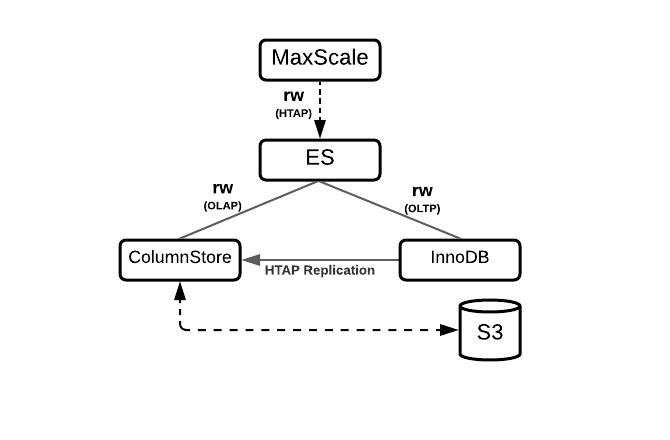

On the next step start Apache service using systemd init script and open RHEL/CentOS 7.0 Firewall rules using firewall-cmd, which is the default command to manage iptables through firewalld daemon. # apachectl configtest| graceful Start Apache Web Serverģ. # service httpd status|start|stop|restart|reload

# systemctl status|start|stop|restart|reload httpd After yum manager finish installation, use the following commands to manage Apache daemon, since RHEL and CentOS 7.0 both migrated their init scripts from SysV to systemd – you can also use SysV and Apache scripts the same time to manage the service.
#Restart mariadb centos 7 options install
# yum install httpd Install Apache Web ServerĢ. After performing a minimal system installation and configure your server network interface with a Static IP Address on RHEL/CentOS 7.0, go ahead and install Apache 2.4 httpd service binary package provided form official repositories using the following command. Step 1: Install Apache Server with Basic Configurationsġ. Register and Enable Subscriptions/Repositories on RHEL 7.0.Install LAMP in RHEL/CentOS 7.0 Requirementsĭepending on the used distribution, RHEL or CentOS 7.0, use the following links to perform a minimal system installation, using a static IP Address for network configuration.
#Restart mariadb centos 7 options how to
This tutorial will concentrate on how to install and configure famous LAMP stack – Linux Apache, MariaDB, PHP, PhpMyAdmin – on the last release of Red Hat Enterprise Linux 7.0 and CentOS 7.0, with the mention that both distributions have upgraded httpd daemon to Apache HTTP 2.4.

Skipping the LAMP introduction, as I’m sure that most of you know what is all about.


 0 kommentar(er)
0 kommentar(er)
